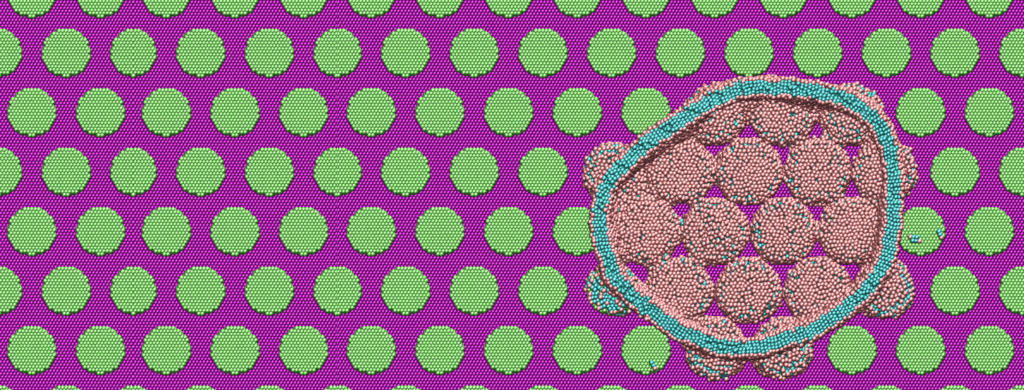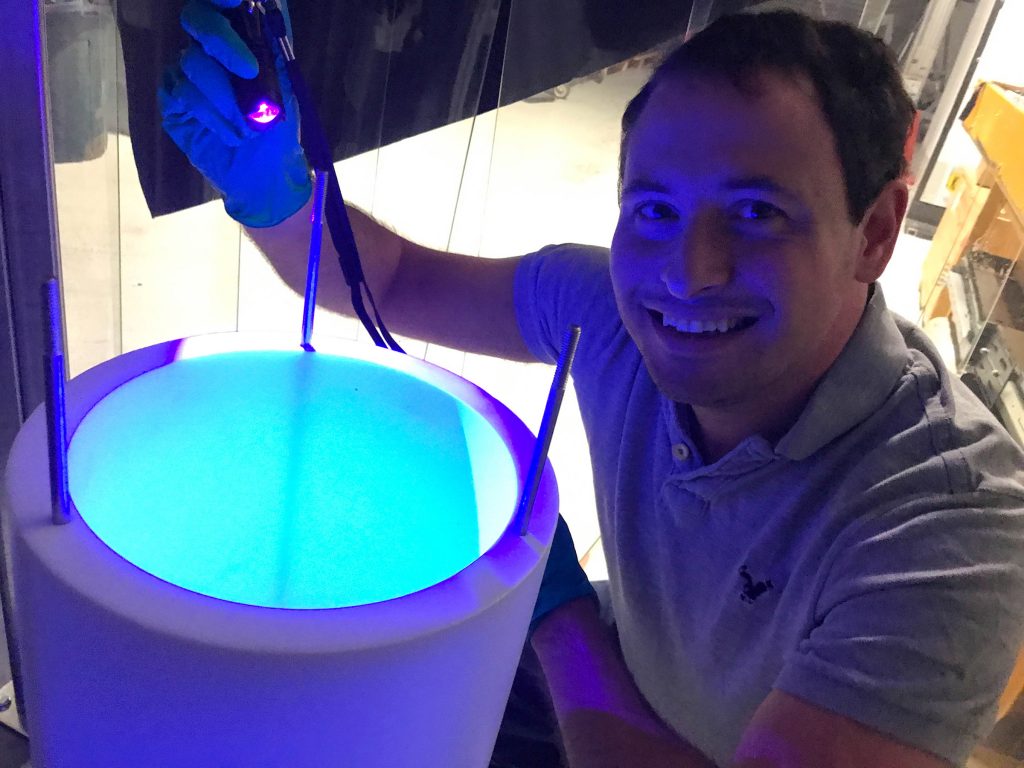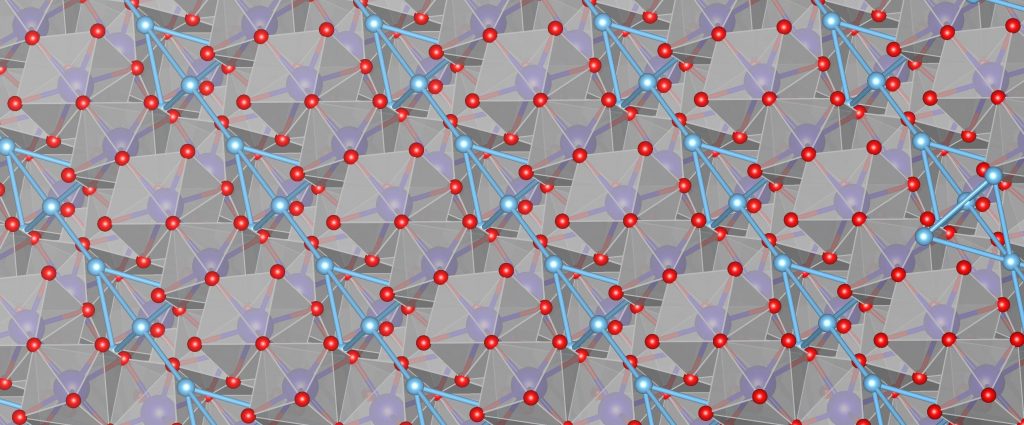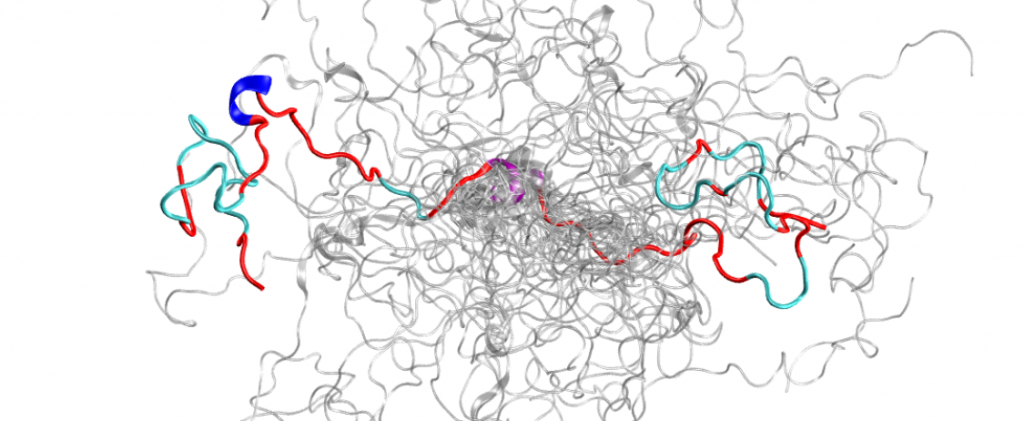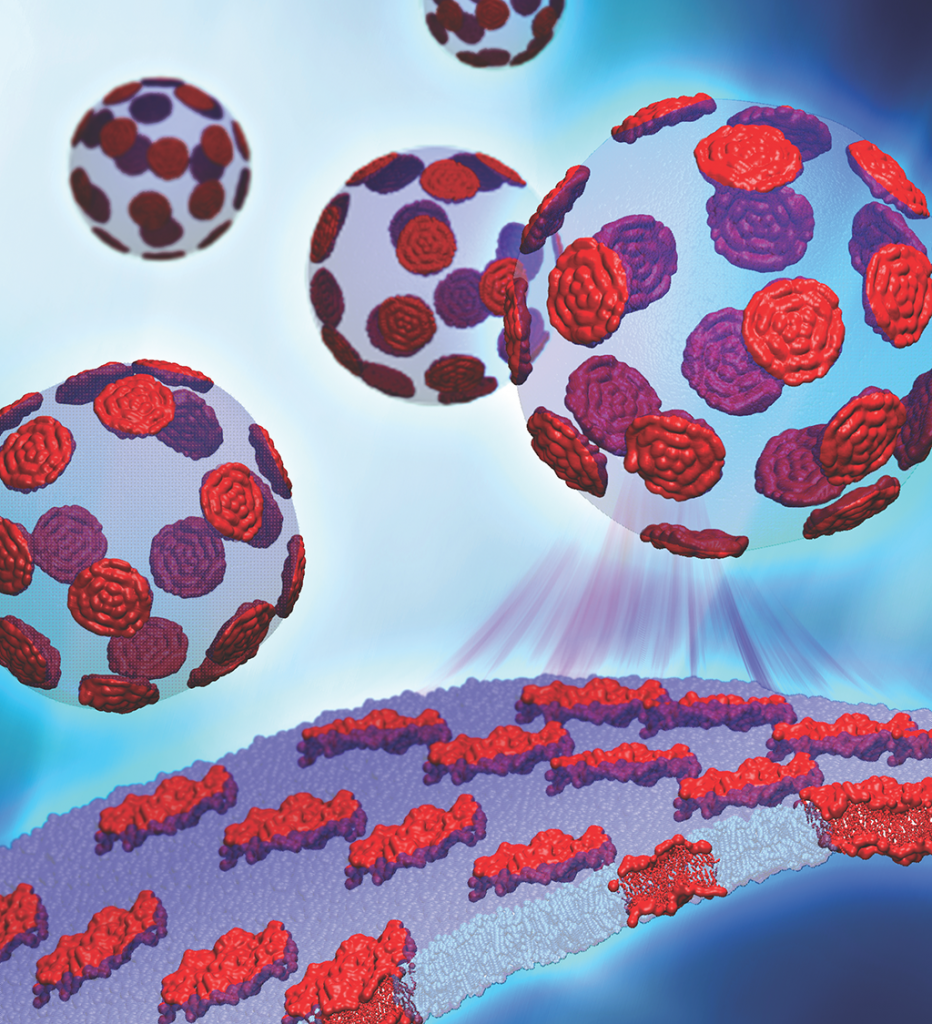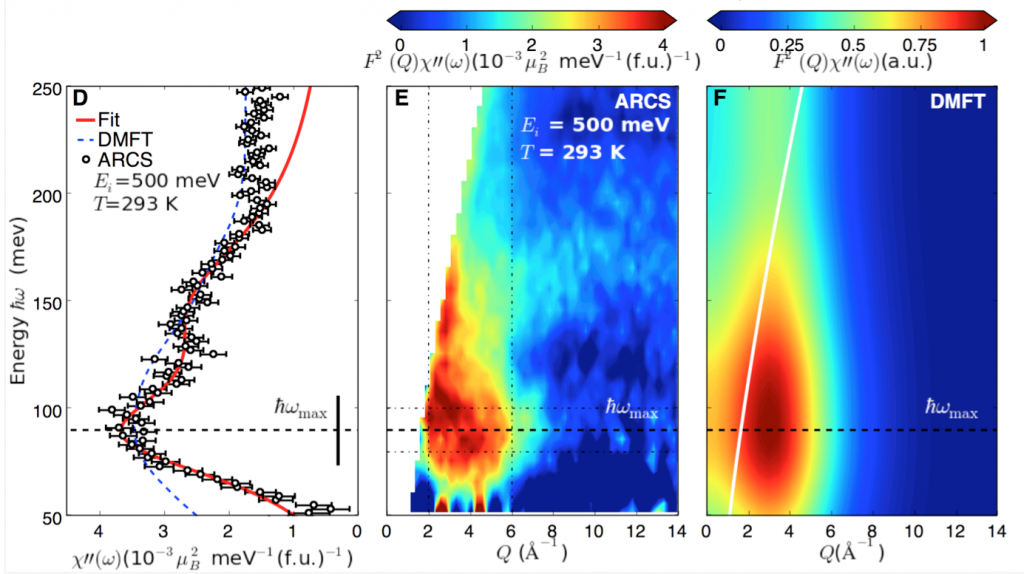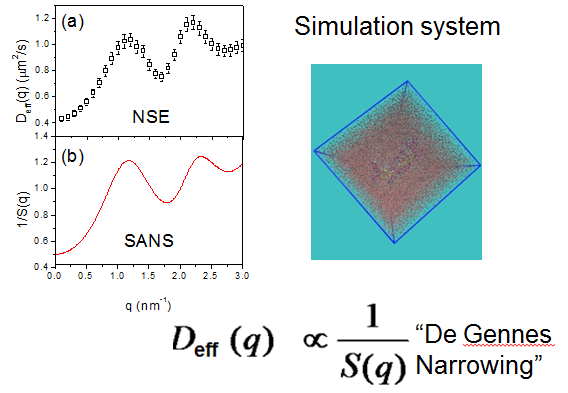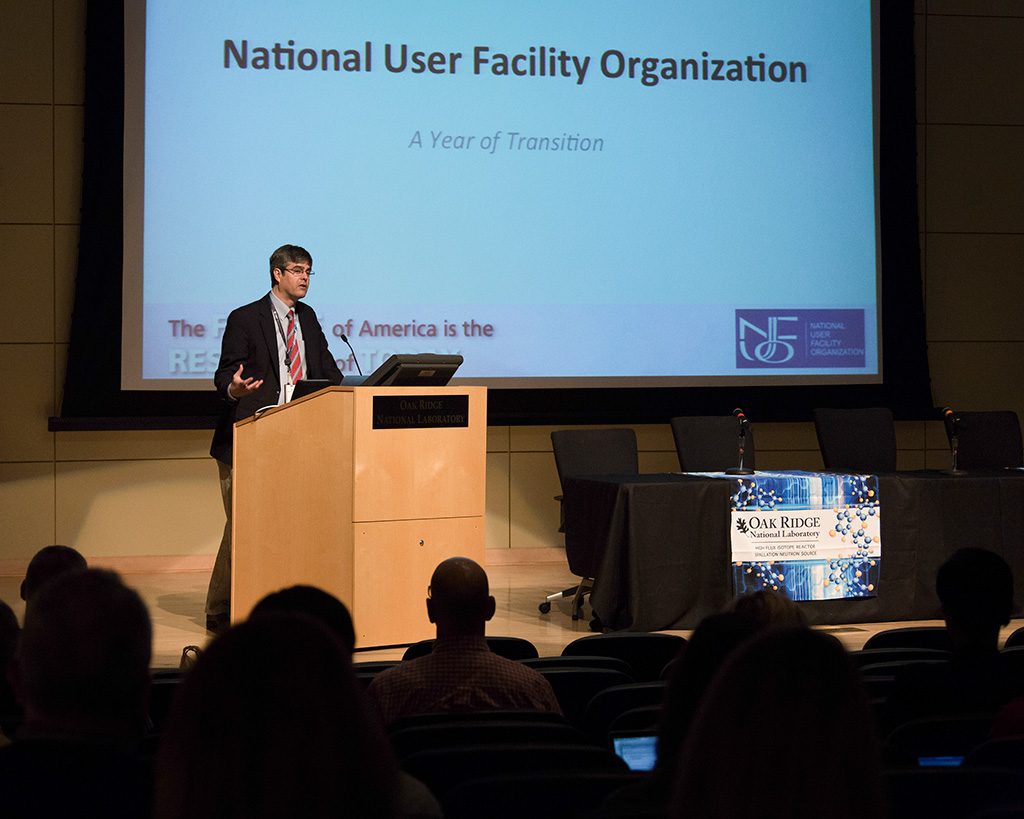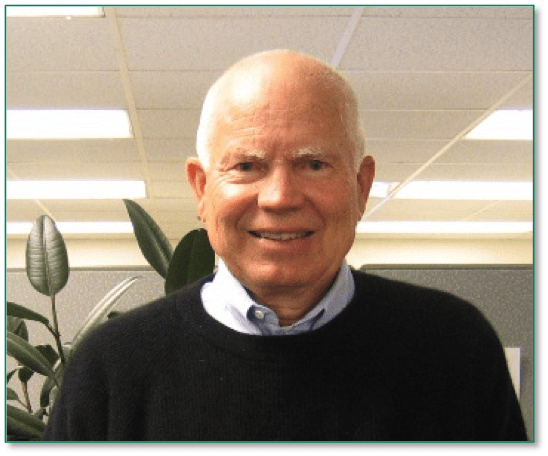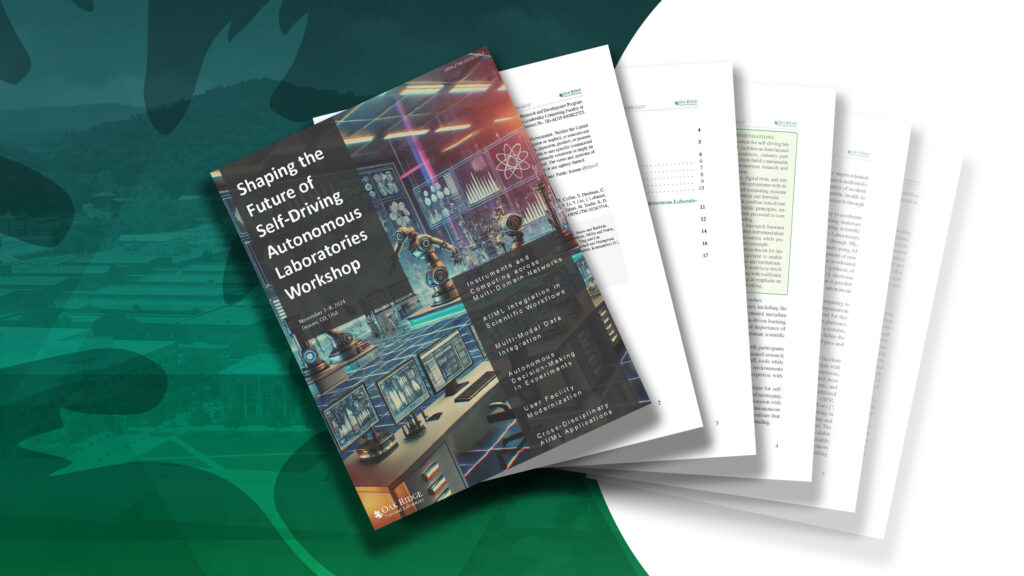
A workshop led by scientists at the Department of Energy’s Oak Ridge National Laboratory sketched a road map toward a longtime goal: development of autonomous, or self-driving, next-generation research laboratories. Scientists have dreamed for generations of high-tech laboratories operated via robotics at the push of a button. Recent advancements in artificial intelligence…
Matt LakinFebruary 26, 2025


